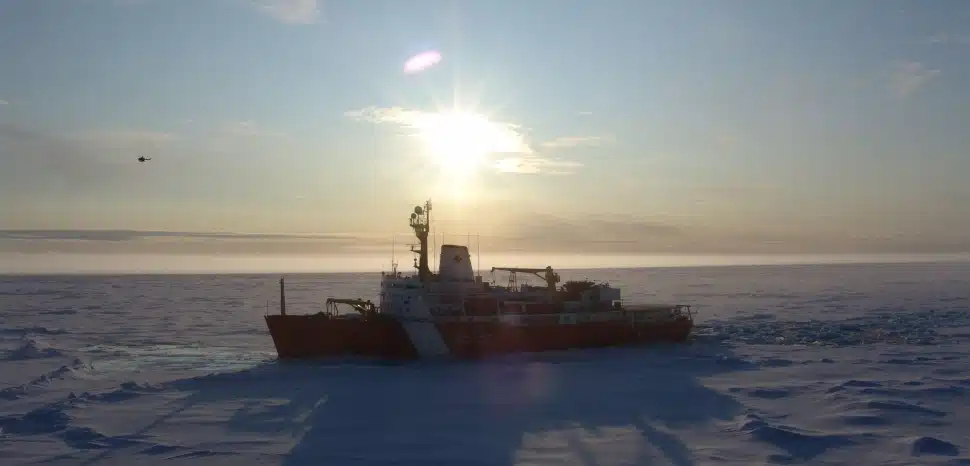Climate change has produced a rise in global temperatures over the past few decades, producing major consequences for Arctic geopolitics. The Arctic Ocean has begun to thaw seasonally, and should this trend continue, it will become navigable for several months each year. By some projections, it will become almost entirely navigable by 2100. A thawing Arctic Ocean opens up new opportunities for commercial shipping and natural resource extraction. It also projects to become a new theater of geopolitical competition between China, Russia, and the United States.
China’s Strategic Interest in the Arctic
China’s interest in the Arctic dates back to the 1980s, though it was initially limited to scientific research. Since 2012, however, its involvement has intensified, with increased budget allocations and strategic planning. In 2013, China gained observer status in the Arctic Council, even though it is not geographically part of the Arctic region. In 2017, it announced the Polar Silk Road, and in 2018, it published a white paper titled China’s Arctic Policy.
According to some studies out of China, the Arctic may be navigable at times by 2030. Beijing has already signed agreements with Russia, Iceland and Greenland to secure access, aiming to establish the Arctic as one of its key shipping routes.
China’s economic and strategic power relies heavily on manufacturing and trade. This dependence requires importing energy resources—such as oil and natural gas—and exporting manufactured goods. Maritime shipping is the primary mode of transport for both. More than 80% of global trade by volume is carried by sea. Most of China’s energy imports and goods exports depend on the Southern Hemisphere route—as opposed to the Arctic, which represents the northern route—specifically through the Pacific and Indian oceans. This path includes key choke points and shipping routes such as the South China Sea, Strait of Malacca, Arabian Sea, Strait of Hormuz, Bab el-Mandeb, Red Sea and Suez Canal, all of which are largely under US influence and surveillance.
Using the Arctic route can reduce travel time for Chinese ships to Europe—and back—by up to 40%. If China also imports energy from the Arctic—where an estimated 30% of the world’s undiscovered natural gas and 13% of its undiscovered oil may be located—transportation costs could be lowered on shorter shipping times. This could lead to reduced production costs, increased profit margins, and greater competitiveness for Chinese exports—all from a region that, unlike the southern route, does not yet fall under US influence. Consequently, the Arctic holds significant geopolitical and economic importance for China.
Russia’s Strategic Interest in the Arctic
The Arctic is deeply rooted in Russian identity and history. Russia has the strongest military and political presence in the region, with its Arctic territory stretching across 24,140 kilometers of coastline. The Kremlin now hopes to use the Arctic’s natural resources to maintain its influence over global energy markets, particularly natural gas. One of Russia’s longstanding geopolitical challenges has been its historic lack of direct and reliable access to warm water ports. The thawing of the Arctic and opening of the region to year-round shipping represents the possibility of finally overcoming this longstanding geographical disadvantage.
Year-round shipping via the Arctic holds out the promise of enhancing Russia’s geopolitical influence, elevating the country’s strategic importance in the calculations of China and Europe, while also undermining US hegemony. It would also create significant economic opportunities, reflected in the Kremlin’s ongoing interest in developing the Northern Sea Route.
While Russia views much of the Arctic as its domain and a component of its national security, China’s growing interest in the region may raise concerns in the future. The current Russia-China cooperation is primarily tactical, rooted in shared opposition to U.S. dominance. Russia lacks the investment capacity to fully develop the Arctic and may need Chinese capital, while China seeks Russia’s political and legal support in the region.

